35+ Comparative Advantage Examples to Download
In today’s interconnected global economy, countries and individuals engage in trade to maximize their productivity and economic welfare. One of the fundamental principles that underpin international trade is “comparative advantage.” This concept, first introduced by economist David Ricardo in the early 19th century, highlights the benefits of specialization and trade for all parties involved. In this article, we will explore the definition of comparative advantage, discuss its significance, and provide examples that illustrate its practical application.
1. Comparative Advantage and Competitive Advantage
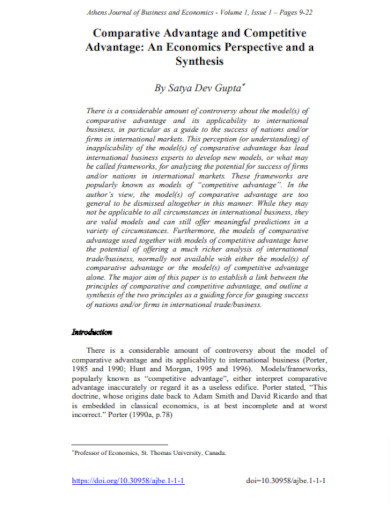
atiner.gr
2. Comparative Advantage and Trade Performance
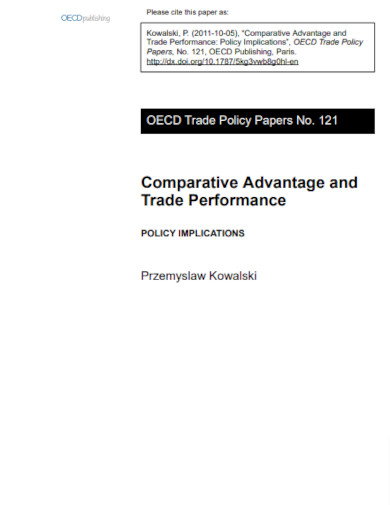
oecd-ilibrary.org
3. Comparative Advantage and International Trade
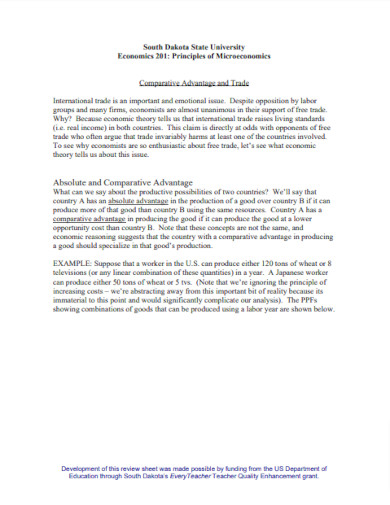
sdbor.edu
4. International Competitiveness and Comparative Advantage
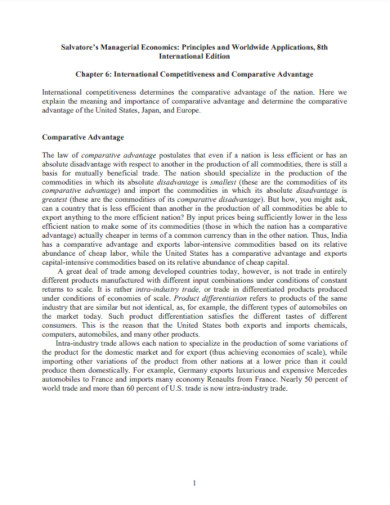
global.oup.com
5. Comparative Cost Advantage Theory Example

jncollegeonline.co.in
6. Theory of Comparative Advantages Example
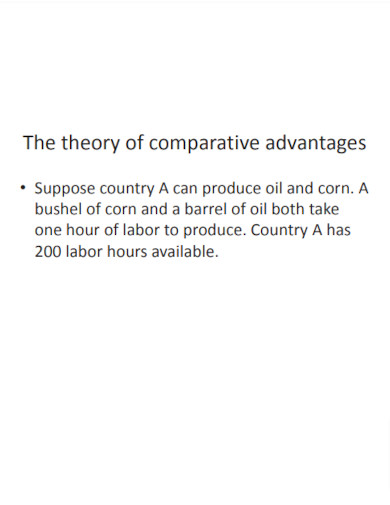
publish.illinois.edu
7. Comparative Advantage of Firms Example
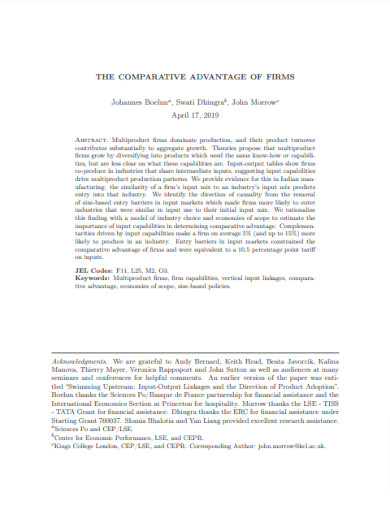
wto.org
8. Benefits and Costs of Following Comparative Advantage
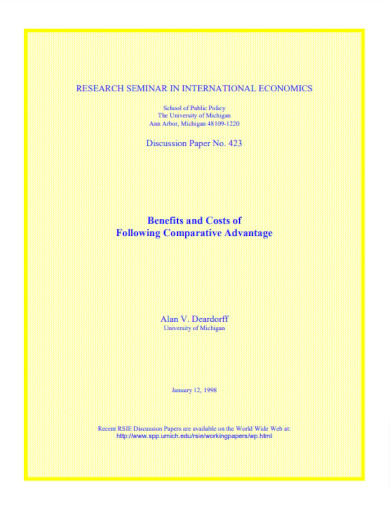
fordschool.umich.edu
9. Revealed Comparative Advantage Example
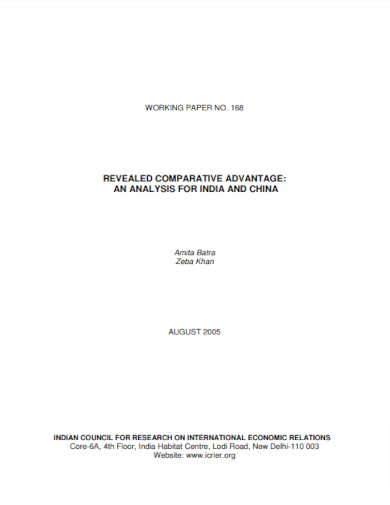
icrier.org
10. Absolute and Comparative Advantage Example
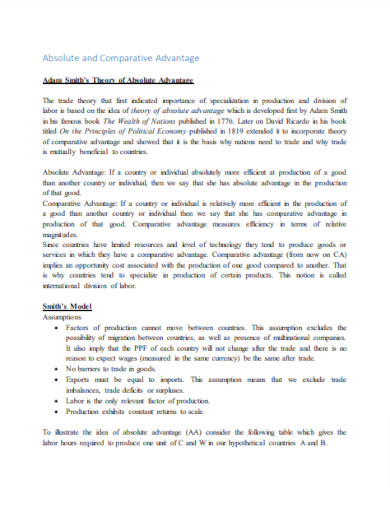
shivajicollege.ac.in
11. Education and the Evolution of Comparative Advantage
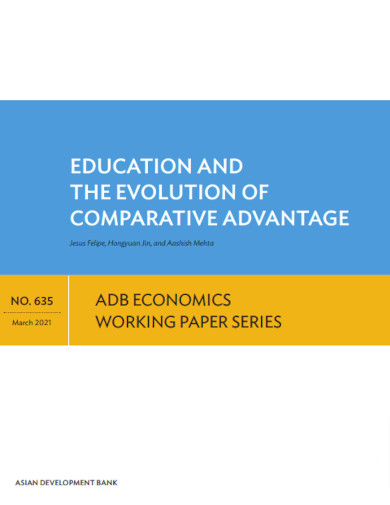
adb.org
12. Editable Revealed Comparative Advantage Example
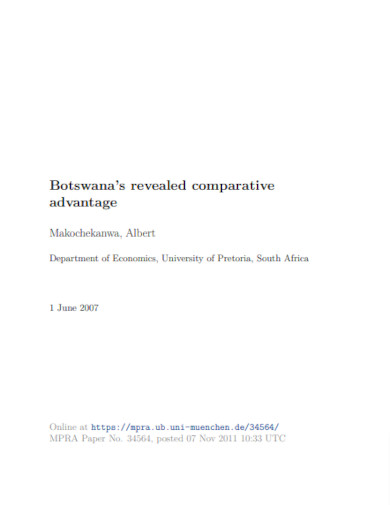
mpra.ub.uni-muenchen.de
13. Industry Comparative Advantage Affect Establishment
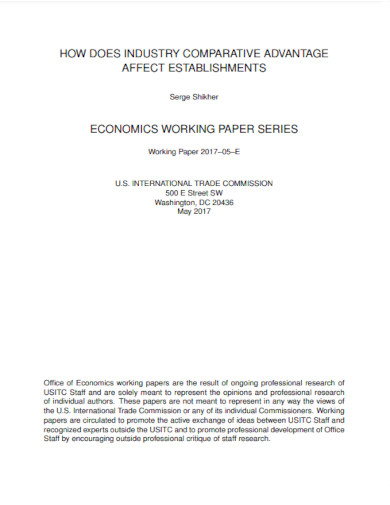
usitc.gov
14. Dynamic Comparative Advantage Example

princeton.edu
15. Traditional Presentation of Comparative Advantage
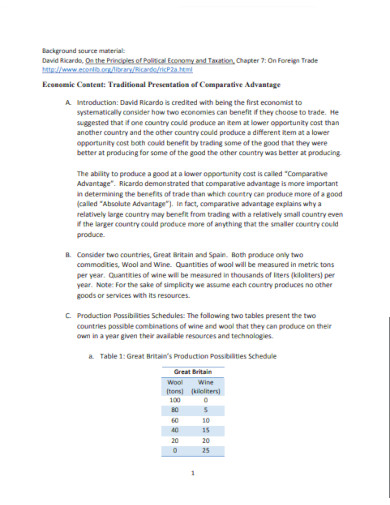
gcsu.edu
16. Implied Comparative Advantage Example
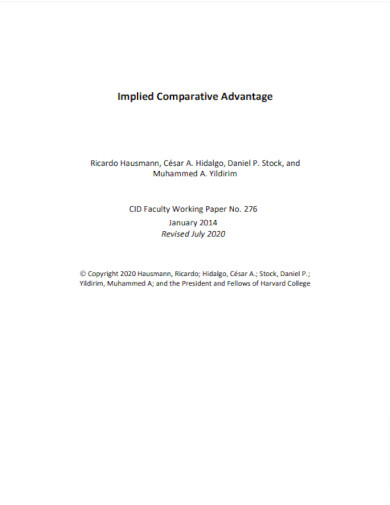
growthlab.cid.harvard.edu
17. Theory of Comparative Advantage Old Idea
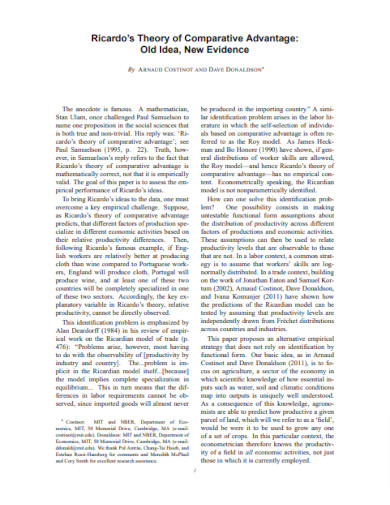
economics.mit.edu
18. Absolute versus Comparative Advantage
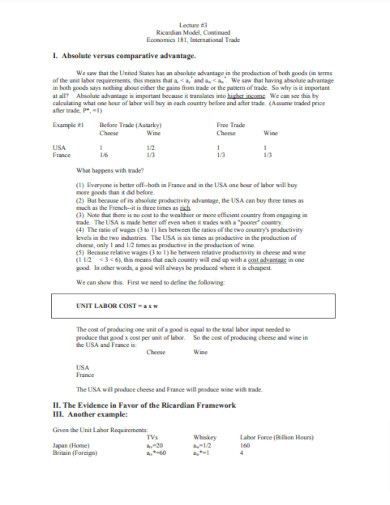
eml.berkeley.edu
19. Theory of Comparative Advantage Example
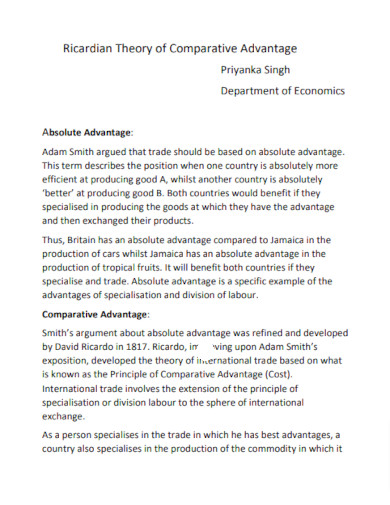
rncollegehajipur.in
20. Deconstructing the Theory of Comparative Advantage

wer.worldeconomicsassociation.org
21. Unpacking Sources of Comparative Advantage Example
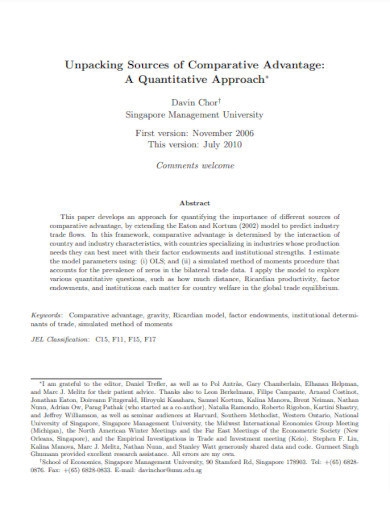
faculty.tuck.dartmouth.edu
22. Comparative Advantage in Innovation and Production
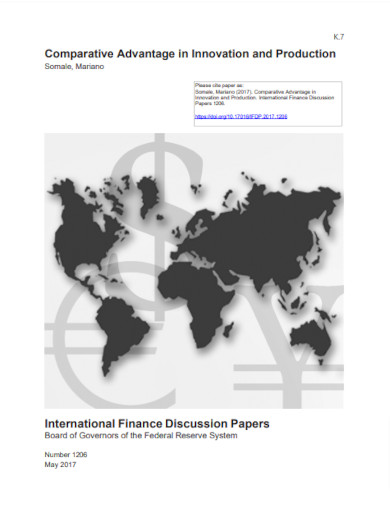
federalreserve.gov
23. Free Trade and Absolute and Comparative Advantage
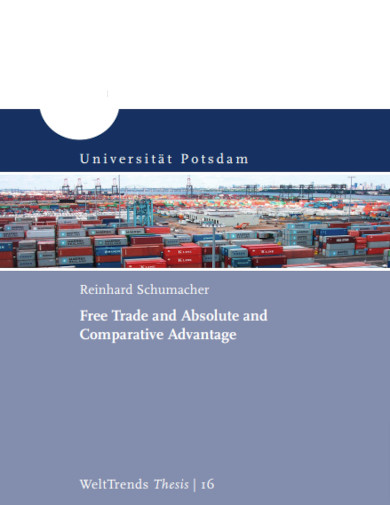
publishup.uni-potsdam.de
24. Comparative Advantage and Trade Example

faculty.wcas.northwestern.edu
25. Theory of Comparative Advantage Regarding Foreign Trade

lawecommons.luc.edu
26. Trade and Comparative Advantage Example
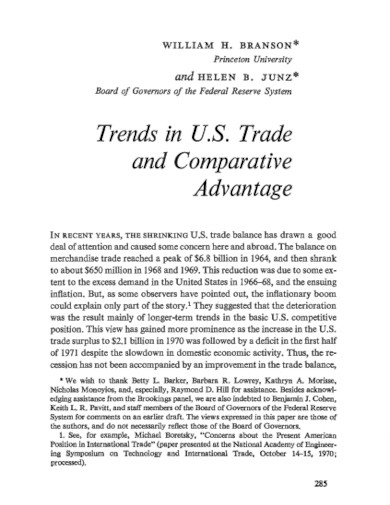
brookings.edu
27. Ricardian theory of Comparative Advantage Example

old.amu.ac.in
28. Labor Productivity and Comparative Advantage Example
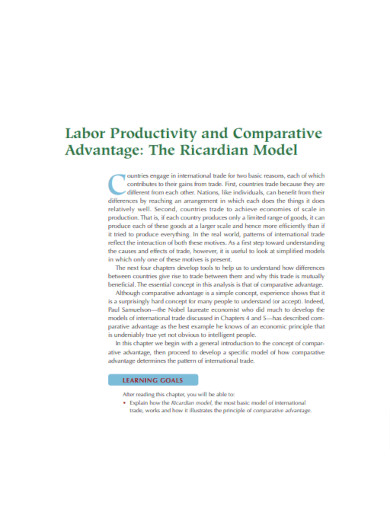
web.pdx.edu
29. Comparative Advantages in the Services Sector of the Developing Economies
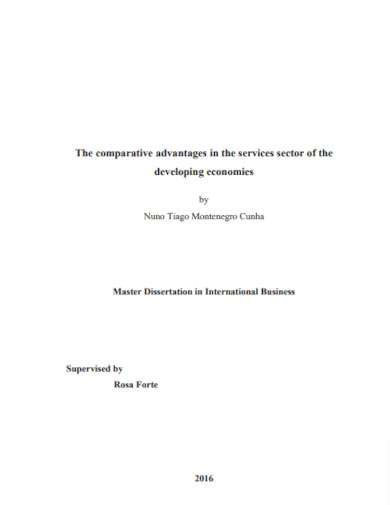
repositorio-aberto.up.pt
30. Concept of Comparative Advantage Example
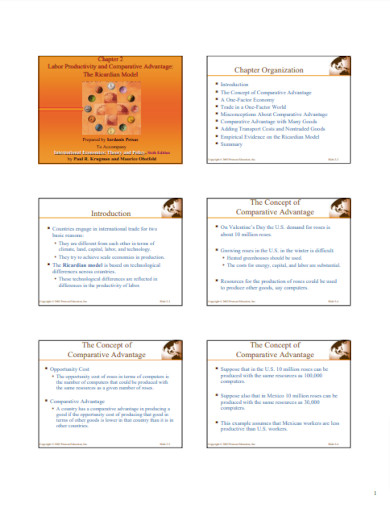
eco.uc3m.es
31. Comparative Advantage in Merchandise Trade Example

archive.mu.ac.in
32. Effects of Comparative Advantage on Exports Example

core.ac.uk
33. Specialization and Comparative Advantage Example
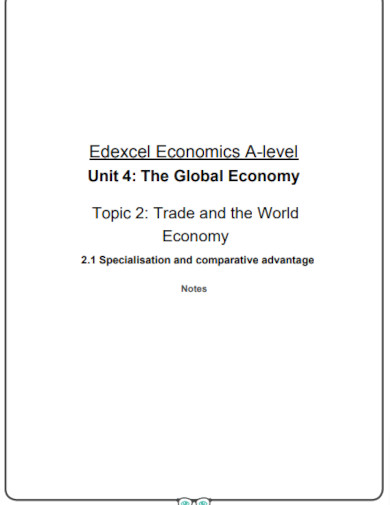
pmt.physicsandmathstutor.com
34. Regional Comparative Advantage Example
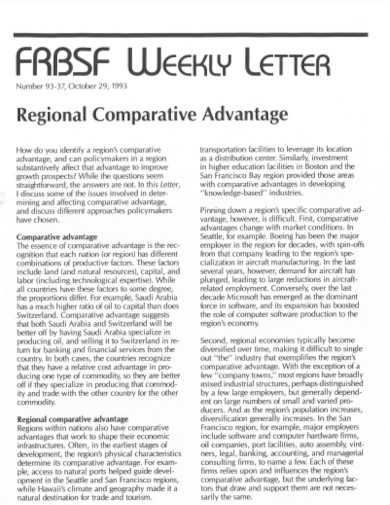
fraser.stlouisfed.org
35. Guidelines on National Comparative Advantage and Agricultural Trade
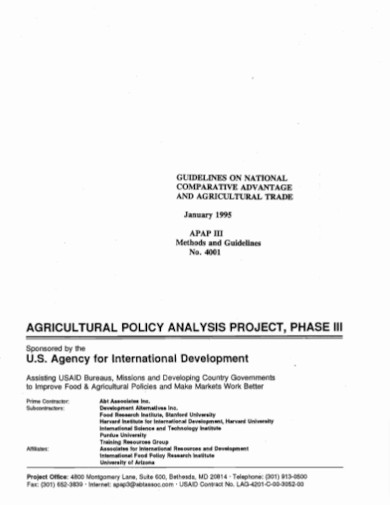
sites.tufts.edu
36. Principle of Comparative Advantage Example
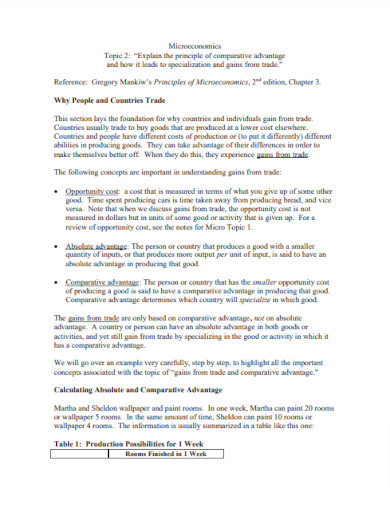
csun.edu
What is Comparative Advantage?
Comparative advantage refers to the ability of a country, company, or individual to produce a specific good or service at a lower opportunity cost than others. It is not to be confused with “competitive advantage,” which focuses on outperforming rivals in a particular target market. Instead, comparative advantage emphasizes the efficiency gains achieved through specialization and the resulting potential for mutually beneficial trade.
How to understand Comparative Advantage
In the world of economics and trade, “comparative advantage” is a pivotal concept driving efficiency and prosperity through specialization. This step-by-step guide will explore the definition and significance of comparative advantage while providing real-world examples to illustrate its application in the global marketplace. Discover how this principle empowers countries and businesses to make strategic choices that maximize productivity and foster economic growth.
Step 1: Grasping the Concept:
The first step in understanding comparative advantage is grasping the concept of opportunity cost. Opportunity cost refers to the potential benefits lost when choosing one alternative over another. It is crucial to recognize that trade-offs exist in every decision we make, and comparative advantage aims to minimize these trade-offs through specialization.
Step 2: Identifying Differences:
Next, to determine comparative advantage, identify the differences in production efficiency between two entities. It could be two countries, two companies, or even two individuals. To illustrate this, let’s consider a simple example of two countries: Country A and Country B. Country A can produce 100 units of wheat or 50 units of corn, while Country B can produce 80 units of wheat or 40 units of corn.
Step 3: Calculating Opportunity Cost:
To find the opportunity cost for each country, divide the number of units of one product that could be produced by the number of units of another product forgone. For Country A, the opportunity cost of producing one unit of wheat is 2 units of corn (100 units of wheat / 50 units of corn), while for Country B, it is 2 units of corn as well (80 units of wheat / 40 units of corn).
Step 4: Identifying Comparative Advantage:
Comparative advantage becomes apparent when one entity has a lower opportunity cost in producing a particular good or service than another. In our example, Country A has a lower opportunity cost in producing wheat (2 units of corn) compared to Country B’s opportunity cost of 2 units of corn. Therefore, Country A has a comparative advantage in producing wheat, while Country B has a comparative advantage in producing corn.
FAQs
Is comparative advantage the same as competitive advantage?
No, comparative advantage and competitive advantage are distinct concepts. While comparative advantage focuses on minimizing opportunity costs through specialization and trade, competitive advantage centers on outperforming competitors in a specific market or industry. Both concepts are essential in understanding a country’s or business’s strategic positioning.
How does comparative advantage benefit countries and businesses?
Comparative advantage enables countries and businesses to focus on producing goods and services in which they are most efficient, fostering economic growth and resource optimization. By engaging in international trade based on comparative advantage, countries can access a wider range of goods at lower prices, benefiting consumers and stimulating economic development.
Can comparative advantage change over time?
Yes, comparative advantage is not fixed and can change due to various factors such as technological advancements, changes in labor costs, and shifts in consumer preferences. As countries and businesses adapt to evolving circumstances, their comparative advantage may shift to different products or services.
In conclusion, Comparative advantage is a powerful economic principle that demonstrates the benefits of specialization and trade. By identifying areas where they can produce goods or services more efficiently than others, countries and businesses can harness the potential of mutual gains through international exchange. Understanding this concept allows us to appreciate the interconnectedness of the global economy and the role of specialization in driving economic prosperity.

